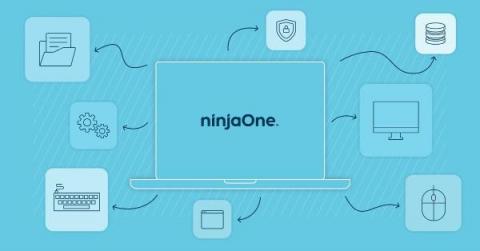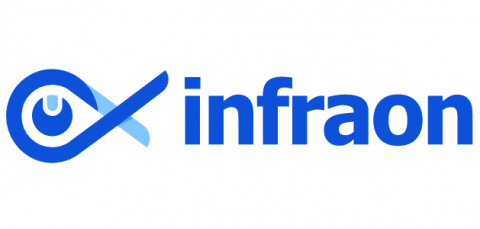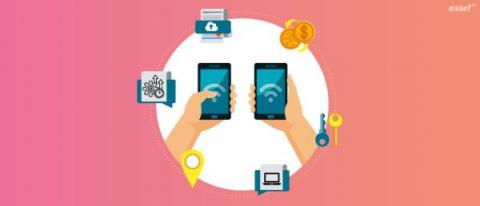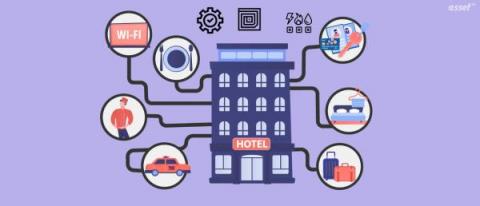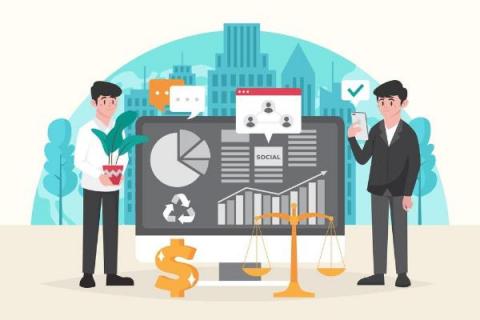IT Asset Management (ITAM) Explained
Managing the various types of IT assets within an organization, whether it be hardware, software, or other assets, can be a challenging and tedious process. With the exponentially growing number of assets in businesses, it can be an especially daunting task. Fortunately, the tools used for IT asset management have advanced and it is much more feasible. Gartner claimed that if organizations adopt and execute IT asset management processes, they can save 30% of costs within the first year.


